Hunting Western California Black Bear
*This Information Covers Various Zones However, The DoubleDRanch is an D-13 Zone
Today, the black bear is a valued member of California’s fauna. In comparison with many other states, California’s bear population is closely monitored and managed.
Perhaps it was the pioneers dislike and fear of grizzly bears that painted the black bear as a pest and generally undesirable inhabitant of the western United States well into the 20th century. California was no exception, while bears were classified as furbearers in 1917, there were no restrictions on how, when or how many bears could be killed until 1948.
In 1948 bears were classified as game animals, seasons were established, a license was required to hunt and trap bears, and only two bears per year could be taken by an individual. However, there still were areas in California were bears could be hunted year round. In the northwestern counties of Humboldt and Del Norte, bear hunting was allowed year round from 1953 until 1961. Trapping for other than damage control was outlawed in 1961.
Knowing the number of bears that are killed as well as the sex composition of the kill is essential to managing bear hunting and populations. While hunting was regulated and a license required, there was no system that allowed CDFW to determine how many bears were being taken or what the sex and age ratios were of bears killed by hunters. In 1957 hunters were required to purchase bear tags and those who were successful returned the report card portion of the tag that provided information on locality and date of kill as well as the sex and age (adult or cub) of the bear that was taken. As the information from tags accumulated, CDFW began to form a better idea of the states bear resources as well as areas that were important to bears and bear hunters.
Along with better information on bears and bear hunting, rapid improvements in CDFW’s ability to safely capture and handle bears for research were occurring. In the 1970s, CDFW and agencies such as the National Park Service began bear research projects that provided a great deal of information about the effects of hunting on bear populations as well as how bears used their habitats and what populations were over large areas. For the first time, important life history information such as the age when females first have cubs was available. Information from these efforts along with data from the tags that were returned by hunters further informed the management of bears in California.
Regulation changes that resulted from our increased knowledge included reducing the bag limit from two bears to one in 1968, prohibiting the killing of cubs or females with cubs in 1972, and prohibiting the practice of training dogs to pursue bears other than during the regular bear season. That information also enabled CDFW to identify areas in the state where the use and training of trailing hounds should be restricted.
CDFW’s increased efforts to gather information on the biology of bears as well as increasing concerns by the public over bears contributed to the further evolution of CDFW’s bear management program. CDFW felt more information could be obtained from kill data and so we now require the mandatory return of bear tags. Hunters are now required to bring bears that have been killed to CDFW for tag validation as well the removal of a premolar tooth from the bear. The tooth is used to determine the bears age and thus develop more precise information about bears that are harvested and how to manage bears and hunting in California. CDFW biologists use all of the data that are collected to monitor and assess the effects of hunting on the bear population. Annually, the data are compared to previous years to determine trends that would trigger adjustments to the hunting program.
By sampling and analyzing the age structure of the bear population, CDFW can look at past mortality. The presence of bears at all ages in the population indicates that there have not been any catastrophic events which precluded production of cubs or the occurrence of major die-offs. Had these kind of events occurred, there would be a noticeable gap or absence of animals representing that age classification. Fewer animals representing the first and second age classes in the harvested animals is because killing cubs (bears less than 50 pounds) is illegal, and hunters tend to select larger animals. The distribution of ages in California’s bear population shows the population is represented by all age classes and mortality rates are relatively consistent from one year to the next.
Currently, the hunting season is closed when there are 1,700 bears reported taken or the last Sunday in December, which ever comes first (see ![]() Current Regulations). In the recent years, the bear hunting season has ended when 1,500 bears were reported taken. This caused the season to end before the last Sunday in December in five of the last six years.
Current Regulations). In the recent years, the bear hunting season has ended when 1,500 bears were reported taken. This caused the season to end before the last Sunday in December in five of the last six years.
In 1975, the total harvest was reported, but the number of males and females in the harvest were not determined. In 1989, there was no bear hunting season, and in 1990 there was a general bear hunting season, but no archery season.
One important factor for monitoring the bear population in California is the sex ratio of the bear harvest. It is an important indicator of the health of the bear population. Male bears are killed at a higher rate than they occur in the population as a result of hunter selectivity, and because male bears have larger home ranges and a correspondingly higher probability of being encountered by hunters. So, sex ratios will be biased towards males until fewer males are available for harvest. In the period from 1957 through 1980, the majority of the time the number of females in the harvest exceeded 40 percent. During the 1980s and early 1990s the proportion of females in the harvest was generally lower than 40 percent. This reduction in the proportion of females is believed to be due to reduced mortality in the population because of changes in the regulations and other factors causing the bear population to increase in size. The increase in the proportion of female bears in recent years is believed to be due to a regulatory change in 1996 which opened the bear general season with the deer general season in A,B,C, and D deer hunting zones. Because deer hunters can use only one dog during the deer season, they are less selective for males because they don’t have multiple opportunities to select a large bear. These opportunities are often afforded bear hunters using multiple dogs after the deer season has ended. Beginning in 2002, the general bear season will also open with the beginning of deer season in zones X-8 through X-12.

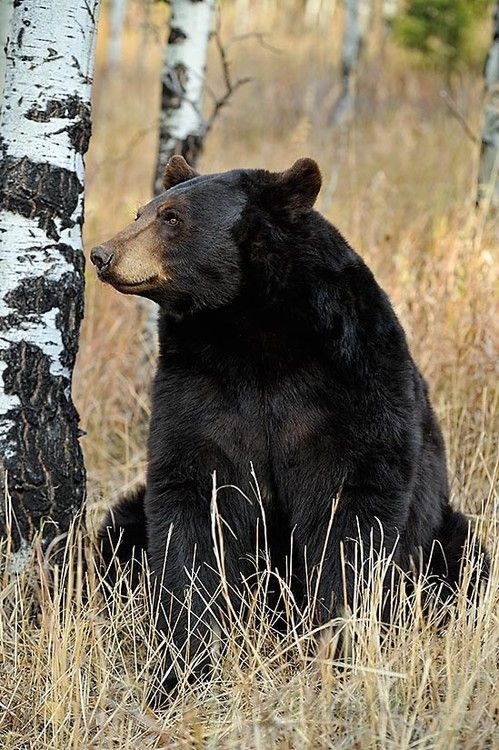
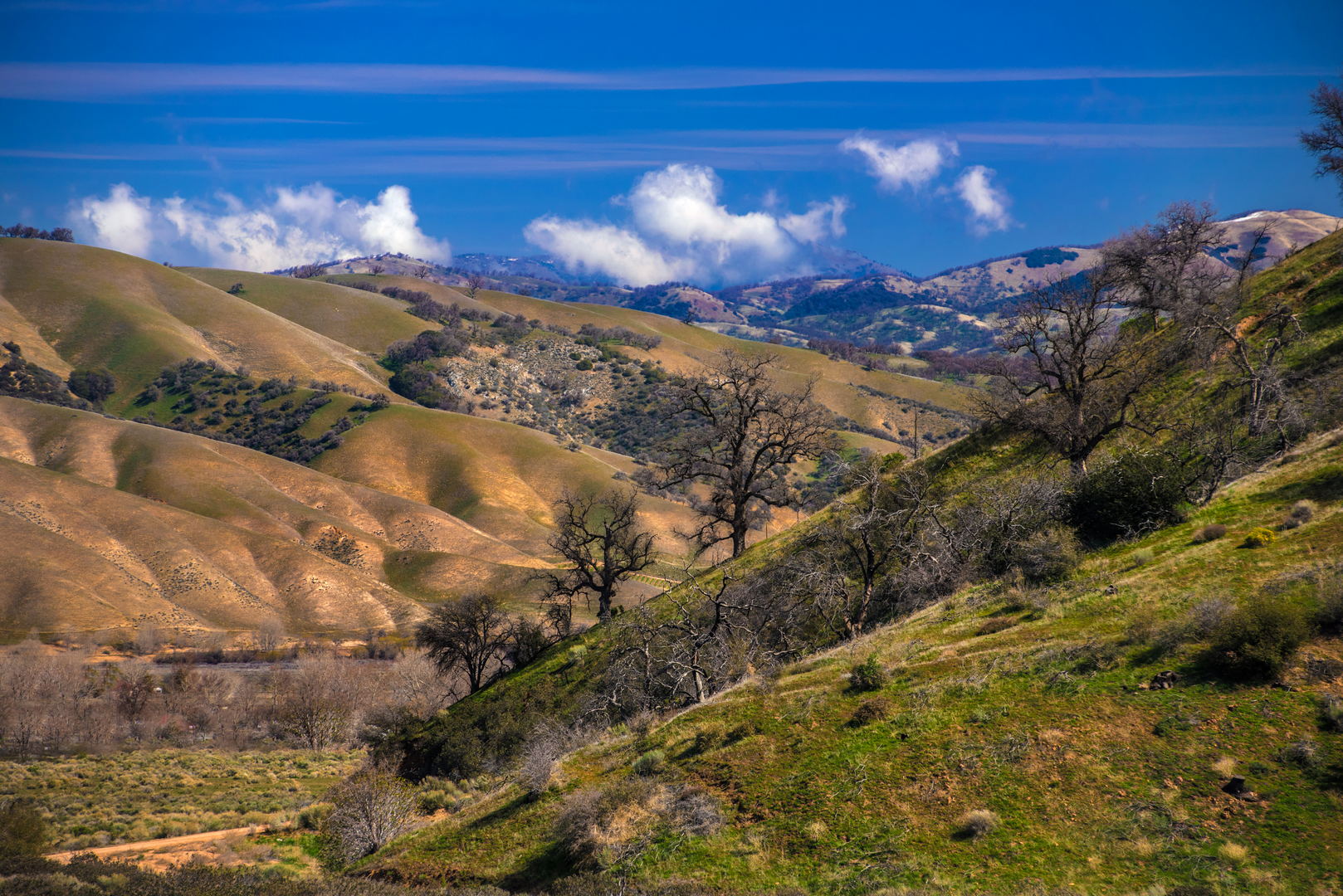
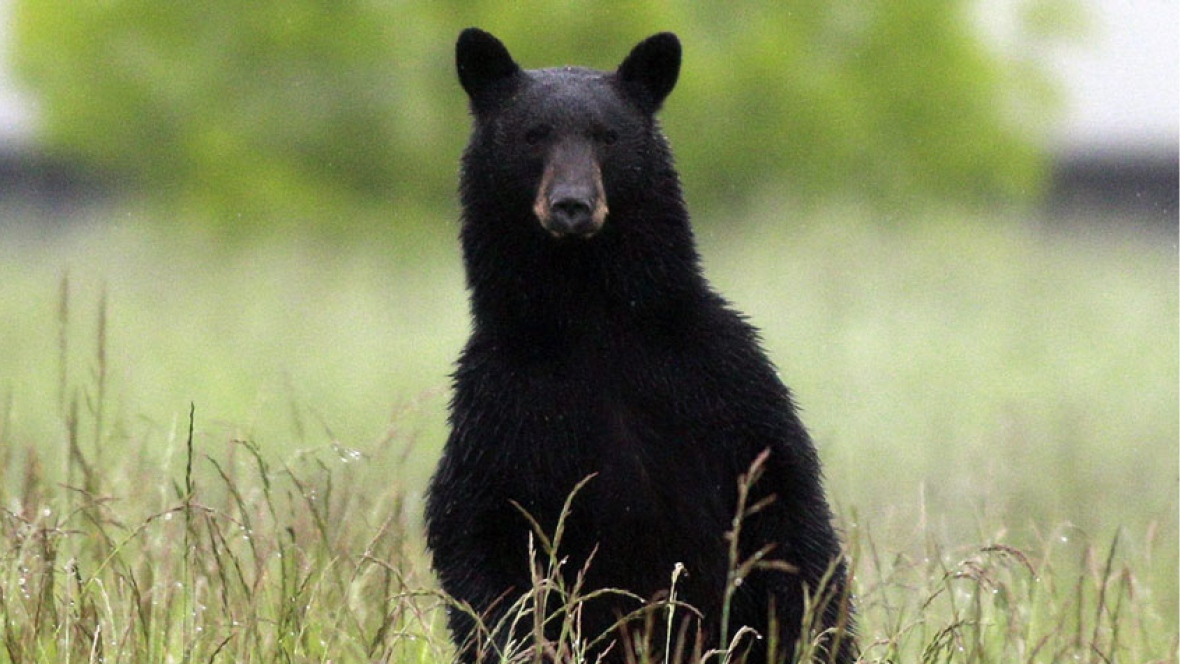
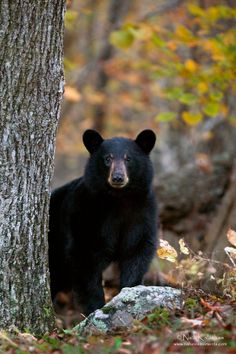
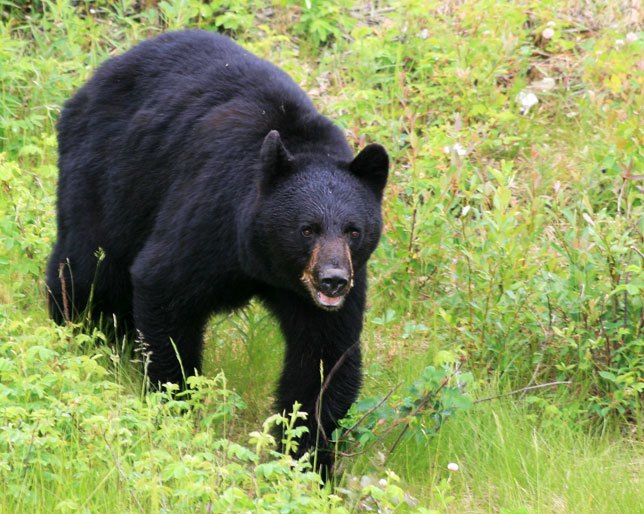
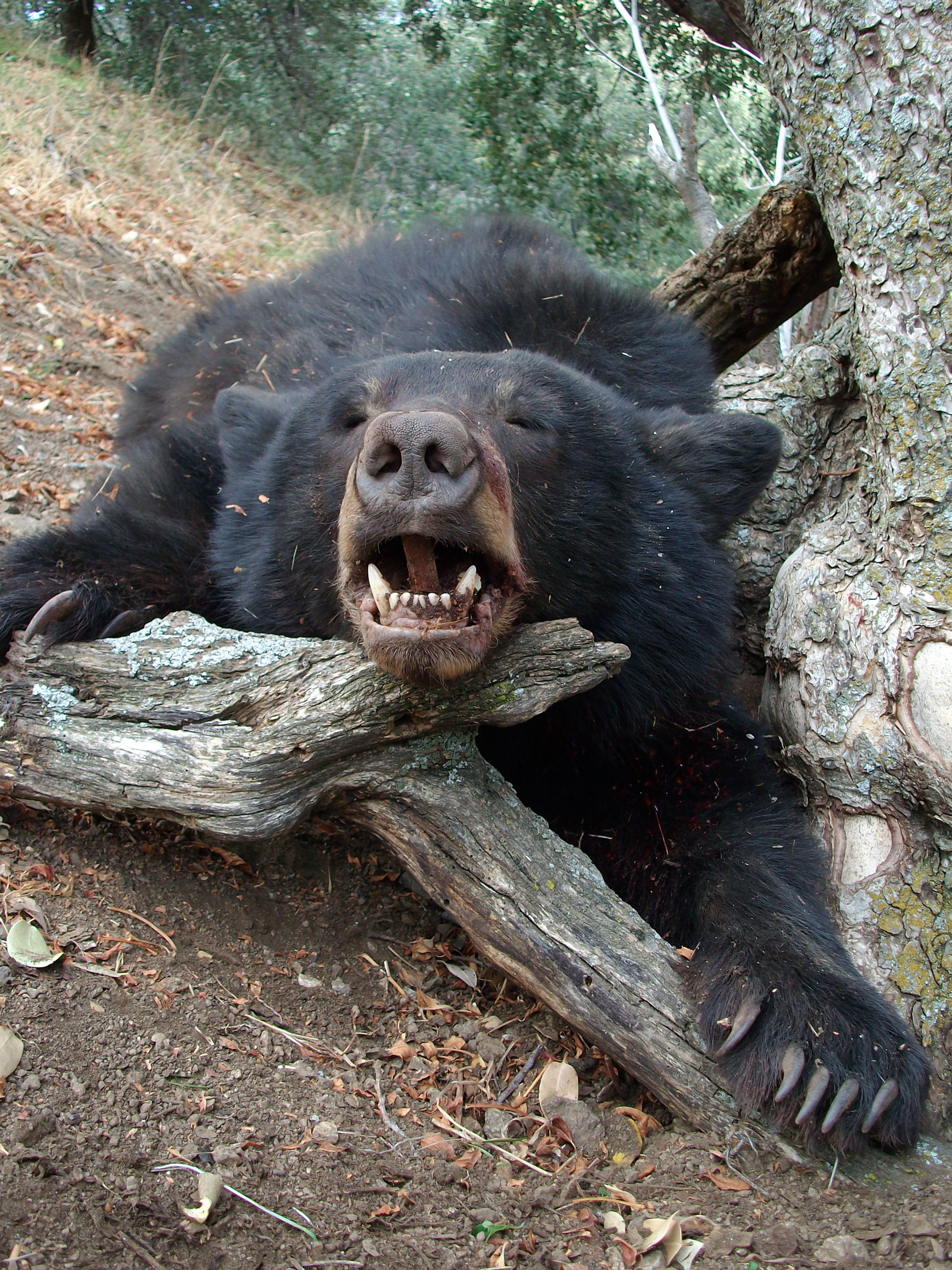
Visitors Information For Double D Ranch
Our hunters stay in hotels in Lebec, California and are responsible for their own breakfasts and dinners. There are local stores where one can pick up fuel, lunches, snacks and drinks to bring on the hunts.
HUNTING INFORMATION
See the California Department of Fish & Wildlife for prices on resident and nonresident hunting licenses. Prices change and vary between areas, hunt types for both resident and non-resident deer tag costs. Note that nonresidents should plan ahead abd must purchase licenses at CADFG offices. For the most accurate information on mammal hunting licenses and regulations, go to California’s .gov website for more on big game regulations home page.
